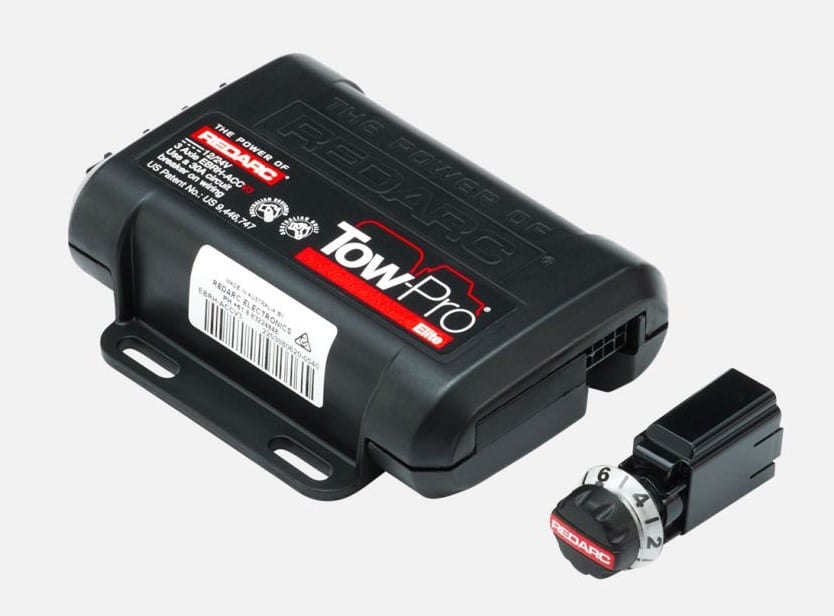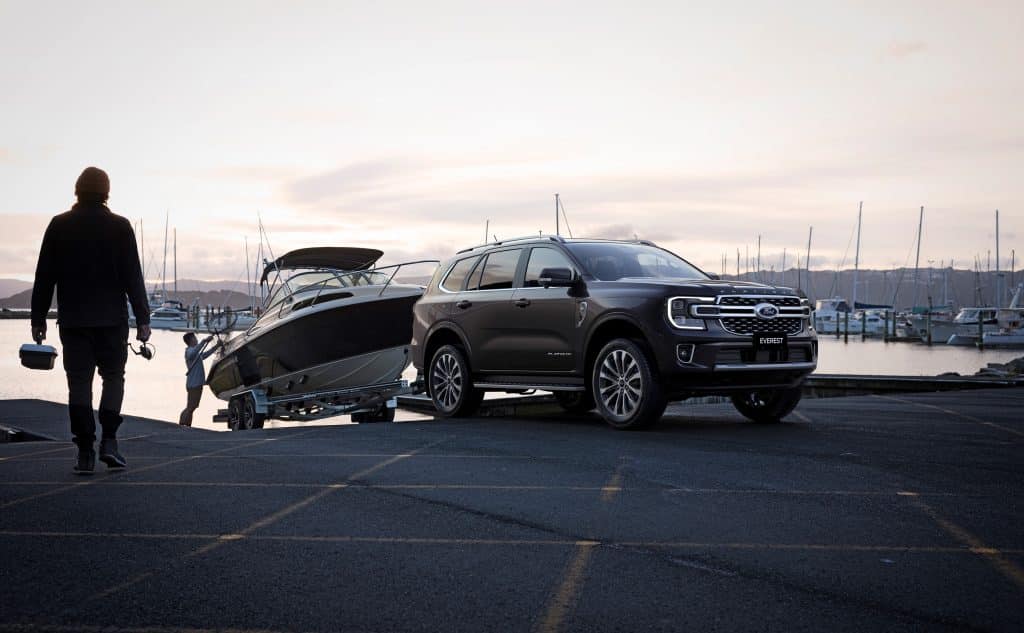Ford quietly added an anti-trailer-sway system and it’s a game-changer




Innovation is an oft-used word but this time Ford’s new trailer sway feature on the next-gen Ranger and Everest is worthy of the praise.
So what’s the scariest thing that could happen to a caravanner? Opening your door and nearly stepping on a snake? Forgetting to chock the van and seeing it roll away when unhitched? Bogging on a beach with an incoming tide? Opening the pantry up to find you’ve drunk the last bottle of wine?
No, I’m going to go with trailer sway, the sudden and unwanted oscillation of a trailer behind the tow car which, if unchecked, quickly leads to the rig featuring on a Facebook post by Clayton’s Towing and an insurance assessor needing a second coffee. Having watched a lot of caravan sway crash videos, I reckon you’ve got all of three seconds from the onset of sway to the point where you’re no longer in control of your fate.
Trailer sway can strike at any time when you’re travelling at speed, and I’ll cover situations where it’s more likely to occur another time. But for the moment, we’re going to deal with how to fix it, and that’s pretty simple. Just apply the trailer brakes independently of the tow car, which means not applying the tow car brakes.
Exactly how you apply the trailer brakes will be dependent on your brake controller, but for the popular Redarc units, it’s simply pressing the button, assuming you’ve turned the gain up…you need to figure all this out before you see the trailer dancing from one wing-mirror to the other.

Anyway, back to Ford. For many years now, tow cars have had something called Trailer Stability Control (TSC). This system uses sensors in the car to detect the onset of trailer sway and mitigates it by braking individual wheels. The system is effective, but as trailer sway can be both sudden and vicious, it’s best to also know how to use your trailer brake. Or, buy a car that does it for you, and that brings us to the new Fords.
Towing is a huge part of why many Aussies buy 4WDs, and Ford decided to simply add an ITBC, or Integrated Trailer Brake Controller to the latest iterations of their 4WDs. This means you don’t need to go buy something like a Tekonska or Redarc controller. It’s all there for you, built-in and ready to use. It also means that Ford can integrate the brake controller into the car’s safety systems, and that’s exactly what they’ve done.
When a next-gen Ford detects trailer sway, then its TSC will activate, as it has in Ranger since the PX of 2012 and many other cars. But the big change is that the new Fords will also independently apply the trailer brake for you. This adds another layer of safety and an important one. To my mind, it’s certainly a big plus for a potential buyer.
If you can’t decide between say, an Everest and another big 4WD for heavy towing, this feature alone is a powerful argument for the Ford. It can also save you money as there are aftermarket sway systems that can be fitted to trailers and you wouldn’t need to buy one. So important is this trailer sway feature that I don’t know why Ford isn’t shouting about it.

Now at this point, I need to repeat my usual warning – electronic safety systems cannot rewrite the laws of physics, and if they need to kick in, consider it a warning that your rig is unstable or your driving technique needs attention. You must stay within weight laws, don’t fixate on the 10% TBM rule, and learn to drive with your big trailer. Consider all forms of stability control a failsafe, not a solution.
Most of the time, as a journalist, I’m criticising carmakers, so it’s a rare pleasure to be able to praise a manufacturer for moving the safety game on. Well done, Ford, and all new buyers of tow cars – take note!
“electronic safety systems cannot rewrite the laws of physics” I strongly concur with this statement. I might even add a couple of words to it, “or stupit.”
So what happens if your caravan already has an ESC? Does the Ford take that into account or does one fight the other?